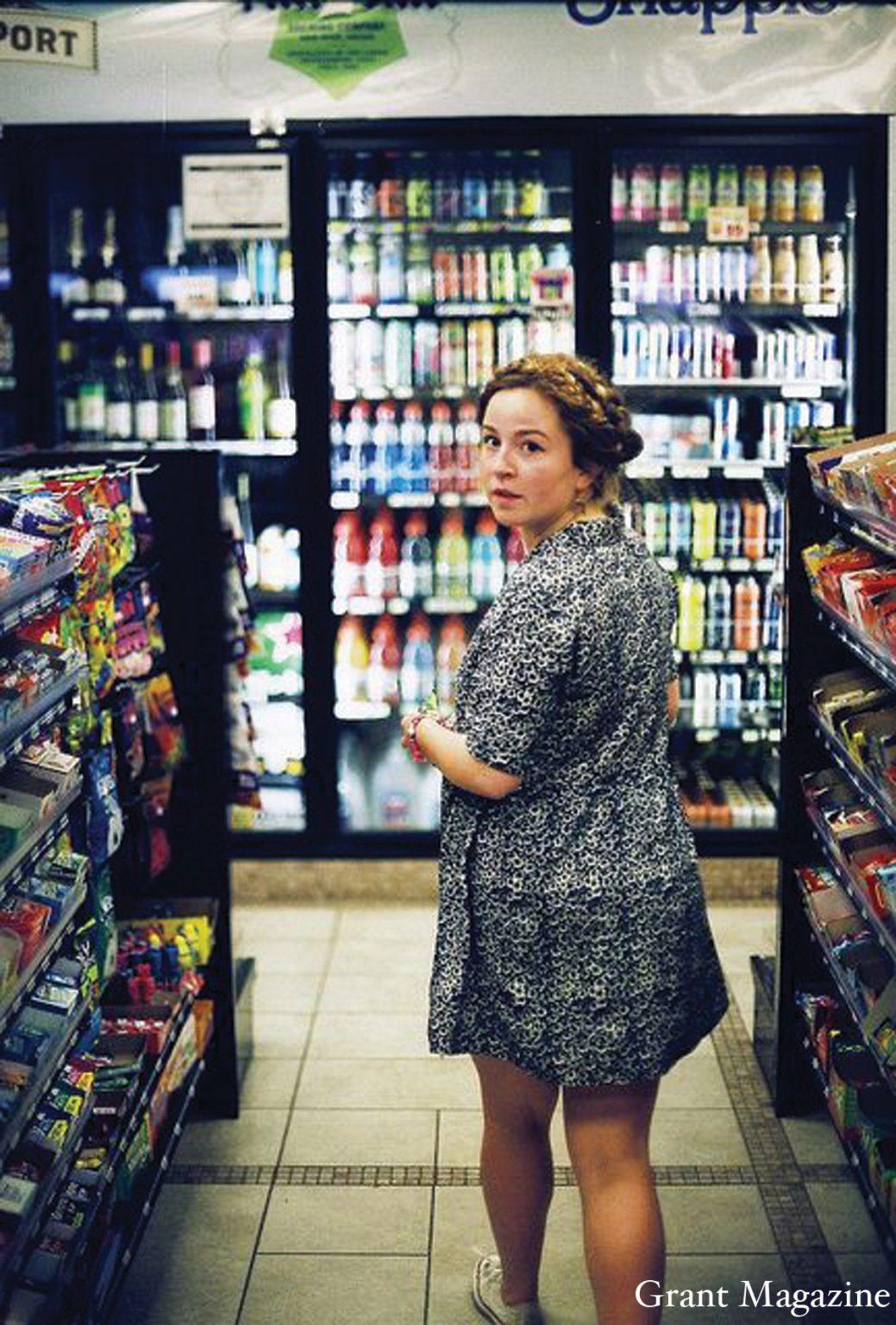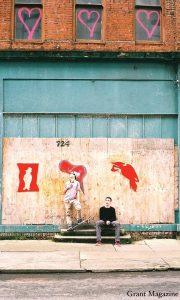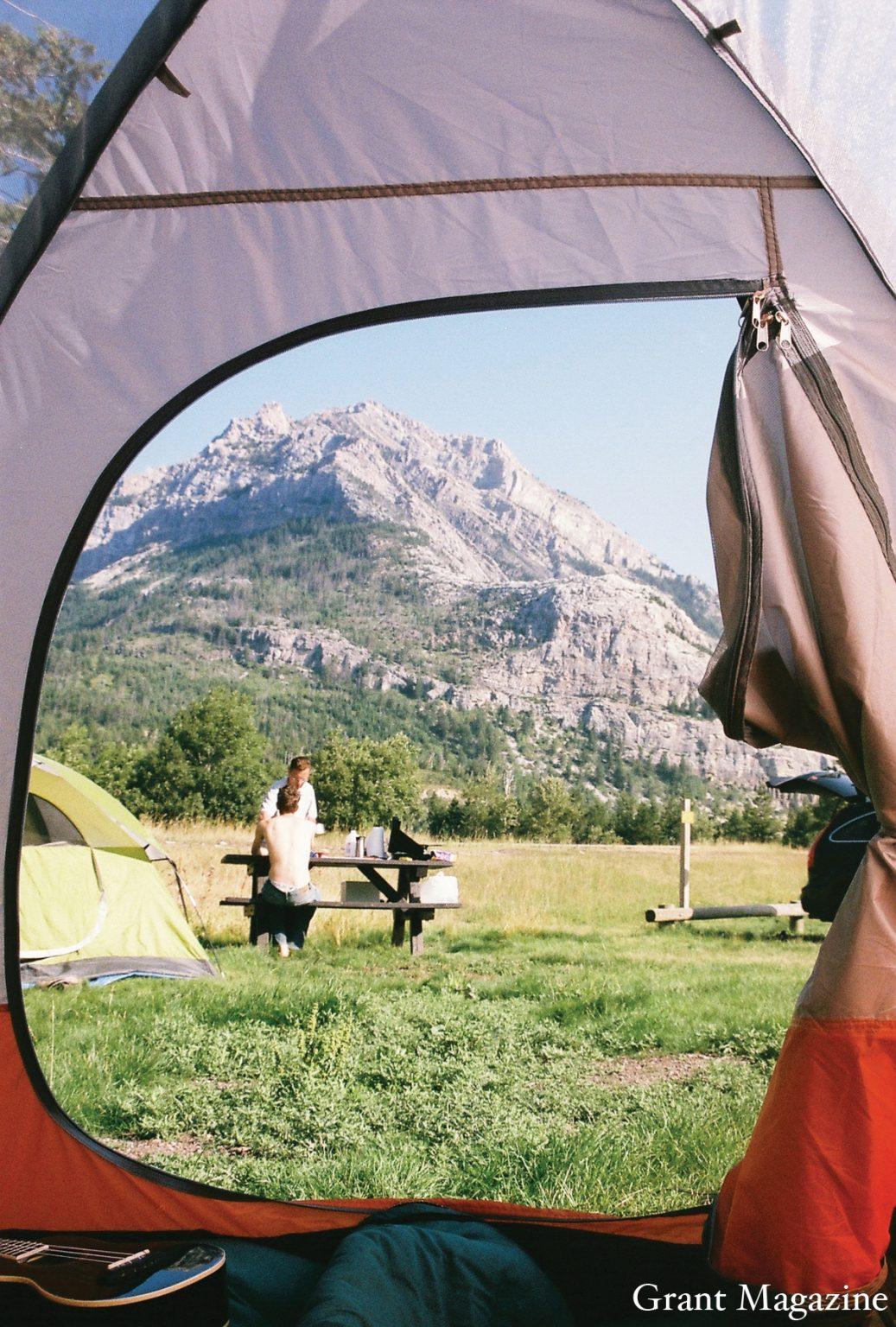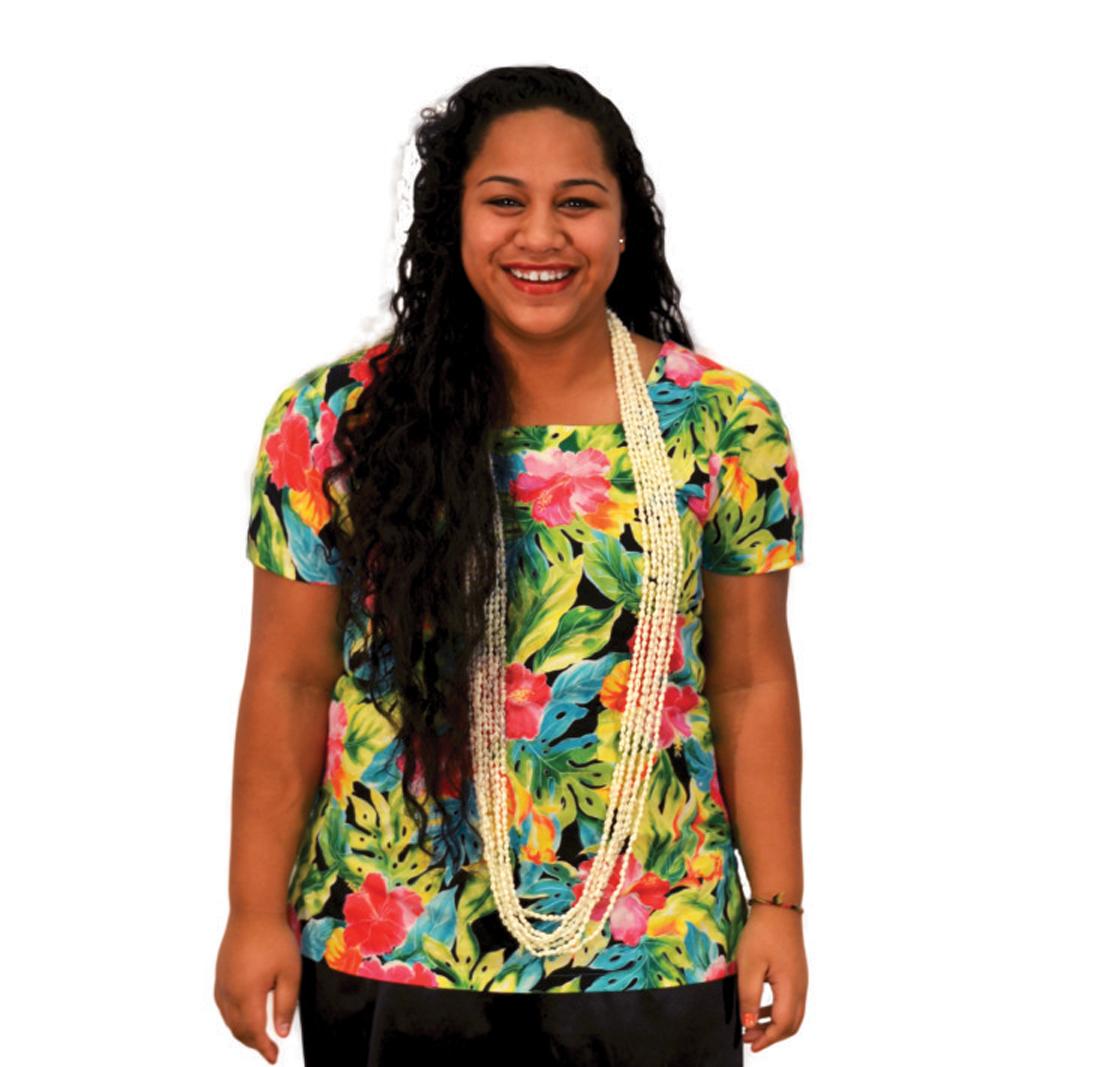Charlotte Strange works in the shadows. The smell of vinegar wafts around the dingy room and a dim orange light glows above the Grant High School junior’s head. Shallow metal tubs in the middle of the room hold a variety of unappealing liquids – things that bring photographs to light. Three of the four walls are lined with eight identical contraptions that resemble medieval torture devices, each named after a different dead person.
To outsiders, Grant’s photography darkroom feels like a walk-in closet gone ominously wrong. To those familiar with it, there’s a comforting aura about the space. Most of the time Strange spends here is in solitude, dipping photo paper into the cocktail of chemicals needed to develop her film photography.
Strange, 15, is one of a number of Grant students that choose to take pictures with film. With digital photography so accessible, especially with cameras on almost every cell phone, film has been rendered nearly obsolete.
In 1841, Henry Fox Talbot perfected the paper-negative process of photography and called it calotype, Greek for “beautiful picture.” From there, film photography progressed. By 1879, photographers no longer needed portable darkrooms and could hire people to develop photos for them.
George Eastman, a dry plate manufacturer from Rochester, N.Y., founded Eastman Kodak Company and began making film on an industrial scale. Kodak quickly became the top dog of the photography industry. Kodak and later Fujifilm used to dominate the industry, but have now faded into the background. Kodak doesn’t even make film anymore. It’s no wonder why.
Most people don’t have the time or inclination to buy film, carefully compose a shot and then develop the photos. Instead, they can just snap off a handful of photos at a moment’s notice with a phone or digital camera.
But according to film aficionados, there’s something that digital doesn’t capture.
Ask Olivia Bolles, who goes by Olivia Bee – she’s a Class of 2012 Grant graduate who is a successful commercial photographer living in New York City. Bee, who has taken photographs for Fiat, Hermès, Nike and Adidas, pointed out in a recent telephone interview: “With digital, you can take as many photos as you want, but with film you have to take a moment. It’s expensive but it’s worth it. It’s tangible, special, limited and magical.”
For Bee, it all started in sixth grade, when she was accidentally put in the black and white photography class at da Vinci Arts Middle School, which she wasn’t thrilled about. “I had no idea I could transfer out of the class, and I am so, so glad I didn’t,” she says today.
That class was her first step to a career in film photography. She got her first paycheck from Converse when she was just 15 and a freshman at Grant. “They just found me on Flickr and invited me to come shoot in Portland, and I did and they loved the images,” says Bee.
“I never thought of it as making money. I just really loved it. And then when I got the money I was like, ‘Wow, I can live off this, I can actually buy food with this.’” -Olivia Bee
Bee, 19, travels internationally for her work. “I often do editorial shots in digital, but it’s never something I choose,” she says. Film photography will always be her art form of choice.
Film appeals to some photographers because they say there’s something lost when you use a digital camera. Unless you’ve got a very expensive digital camera, film still has higher resolution, people like Bee say. It’s a reliable, unchanging process that contrasts with the ever-transforming technology surrounding us today. It makes you slow down and think, photographers say.
“The darkroom is a place where you are cut off from technology, and students have to actually communicate with each other, which is very rare in the world that we live in,” says Christy McCarty, Grant’s photography teacher. “It’s good for them. It’s a place where you can be anywhere in time, because the process really hasn’t changed since when it was invented.”
McCarty says even though film photography has become secondary to digital, she has seen a wide variety of teens taking the class. “The broadness of students that are taking it has increased; now we see jocks and cheerleaders,” she says. “We don’t just get the typical art kids. My favorite thing about film photography is the darkroom: the warm glow and the stinky smell that you learn to love.”
Grant sophomore Miranda Karson got her first camera in eighth grade and photography has become a progressive hobby since. “The anticipation for a roll to come out is thrilling, and the satisfaction of doing it yourself also adds to the process that I love,” she says.
A little over a year ago, Karson, 15, started a blog on Tumblr. One photo she posted, a Northwest landscape seen from inside a tent, has been reposted by other members more than 3,000 times. “Getting notes on Tumblr often has less to do with the quality of the photo and more to do with what people on the Internet want to see, which is unfortunate,” she says.
Karson loves the picture because of all the small details. Her ukulele is in the corner of the shot and the family car is off to the side, trunk wide open. “I just remember waking up from my nap, my dad shouting at me that sandwiches were ready and really appreciating the view,” recalls Karson. “I think a good photographer is one who can, on some level, capture a story or an emotion or feeling. Film triggers emotion easier than digital because the photo is in your hand.”
For Grant senior Elliot Coates, photography opened up future possibilities. “My biggest accomplishment within my photography has to be a tie between actually getting approached and paid to shoot photos of people, and – as ridiculous as this sounds – getting featured on the ‘Tumblr radar’ and gaining tens of thousands of notes on a few of my pictures,” says Coates, 17. “That makes me feel pretty accomplished.”
Coates’ fascination got started years ago. He used to make skate videos with his friends during their pre-teen years. He would spend months filming specific tricks at various spots, and then spend hours in post-production and editing. He then progressed to analog photography, which was sparked when his parents gave him the gift of a Pentax K-1000 camera for his birthday. He started shooting on his own, using a makeshift darkroom.
“I have always preferred film when compared to digital,” says Coates. “I feel like film is much more moldable. I can make a photo much more my own.”
Film photography also has a degree of uncertainty. You never know what your photo is going to look like until you actually develop it, film enthusiasts say. “It’s more grainy and rugged, and it makes photos look older and more authentic,” says Coates.
Although he has won two Scholastic Gold Key awards and a few minor recognitions from local businesses for his photography, Coates is struggling to decide whether to pursue photography as a career or not. “I want to get a more useful degree than an arts degree,” he says, adding that he can’t see himself starting a career in photography on his own.
Strange agrees that it’s not really a practical career. “It’s crossed my mind, but I never was like, ‘I want to grow up and be a photographer,’ since it’s hard to get reliable work,” she says. “But that doesn’t mean I will stop. I want to take photos regardless for the rest of my life.”
Mary Morris, the film photography teacher at da Vinci, says the process of developing for students is a lot like cooking. “They feel great when they get results after their efforts,” Morris says. “They spend more time on one photo, looking deeper into it than a quick digital fix. It becomes more precious.”
Mark Hanson has been repairing cameras since 1996. It started as a hobby and later morphed into a business. For Hanson, digital is about instant gratification when quality does not really matter and all you care about is sticking it up on Facebook or Instagram.
Film is about the quality. “Don’t get me wrong. With some work, you can get a good digital image, and you can make crappy film images,” Hanson says. “But if you are equally careful with both, film wins hands down.”
There will always be a place for film for people who are interested in fine art and want to make unique images. And there will also be the occasional photographer – like Olivia Bee – that is able to shoot film and make a living doing so. ♦






































